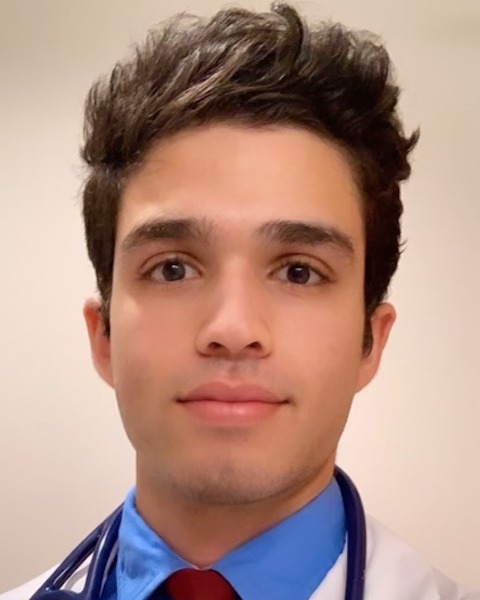Abstract Session
Rapid Fire Research Forum
(AS2) Functional Genomic Analysis of Craniosynostosis Genetic Risk Implicates Concurrent Impact on Connective Tissue Biology and Cortical Development
Monday, April 24, 2023
10:00am - 10:05am PST
Location: Los Angeles Convention Center, 406AB

Emre Kiziltug
Medical Student
Yale School of Medicine
Boston, Massachusetts, United States
Presenting Author(s)
Disclosure(s):
Emre Kiziltug: No financial relationships to disclose
Introduction: Craniosynostosis is a common birth defect characterized by premature fusion of cranial sutures that hinder brain and skull growth. Despite surgical intervention to correct the cranial deformity and restore neurodevelopment, neurocognitive deficits often persist in children with craniosynostosis. Given the neurodevelopmental symptoms observed in CS patients, we hypothesized the genes involved in the pathophysiology of CS may play a key role in the functional development of the brain.
Methods: Here, we integrated whole-exome sequencing data from craniosynostosis patients with transcriptomic atlases of mammalian neurocranial development to identify developmental processes that may be impacted by craniosynostosis gene mutations. We constructed gene co-expression modules using a bulk-RNA expression dataset of normally developing human brains across early human development, from the first trimester of gestation into early childhood. We further used scRNA-seq datasets derived from embryonic mouse meninges, calvarial sutures and developmental human brain to identify cell-types enriched with CSGs. We applied CellChat tor infer intercellular communication networks between neurons and connective tissue based on the expression of known ligand-receptor pairs.
Results: We found that craniosynostosis risk genes converge in gene co-expression networks that implicate not only connective tissue biology, but also distinct biological functions during human brain development such as neurulation and epigenetic regulation of gene expression. Craniosynostosis-associated gene networks are also enriched for autism and schizophrenia risk genes. At the cell type level, we found that craniosynostosis risk genes are enriched in fetal inhibitory neurons. In the cranial sutures, craniosynostosis risk genes are enriched in osteoblasts, which may itself influence neurodevelopment via BMP signaling cross-talk with neurons as inferred by CellChat analysis.
Conclusion : These data suggest a genetically encoded dysregulation of cerebrocortical development in craniosynostosis that may not be correctable by surgical correction of cranial deformity alone.
Methods: Here, we integrated whole-exome sequencing data from craniosynostosis patients with transcriptomic atlases of mammalian neurocranial development to identify developmental processes that may be impacted by craniosynostosis gene mutations. We constructed gene co-expression modules using a bulk-RNA expression dataset of normally developing human brains across early human development, from the first trimester of gestation into early childhood. We further used scRNA-seq datasets derived from embryonic mouse meninges, calvarial sutures and developmental human brain to identify cell-types enriched with CSGs. We applied CellChat tor infer intercellular communication networks between neurons and connective tissue based on the expression of known ligand-receptor pairs.
Results: We found that craniosynostosis risk genes converge in gene co-expression networks that implicate not only connective tissue biology, but also distinct biological functions during human brain development such as neurulation and epigenetic regulation of gene expression. Craniosynostosis-associated gene networks are also enriched for autism and schizophrenia risk genes. At the cell type level, we found that craniosynostosis risk genes are enriched in fetal inhibitory neurons. In the cranial sutures, craniosynostosis risk genes are enriched in osteoblasts, which may itself influence neurodevelopment via BMP signaling cross-talk with neurons as inferred by CellChat analysis.
Conclusion : These data suggest a genetically encoded dysregulation of cerebrocortical development in craniosynostosis that may not be correctable by surgical correction of cranial deformity alone.
